₹500
You can download the Tea Processing Unit Project Report from this website immediately. You can download the project report by paying a nominal prescribed fee.
Camellia sinensis is an East Asian evergreen shrub (bush). Tea is prepared by pouring hot or boiled water over cured tea leaves of the Camellia sinensis. It is the most widely consumed beverage on the globe, second only to water. For example, Darjeeling and Chinese green teas offer a cooling, somewhat bitter, and astringent flavour profile, whilst others have sweet, nutty, flowery, or grassy undertones.
Tea is a popular beverage in India. Simply put, tea is a great source of energy. In addition, tea has several health benefits. To summarise, antioxidants aid in the removal of pollutants and free radicals from the bloodstream.
Due to strong geographical indicators, large expenditures in tea processing equipment, ongoing innovation, increased product mix, and strategic market expansion, Indian tea is among the best in the world. Northeast India (including Assam) and north Bengal are the main tea-growing regions (Darjeeling district and Dooars).
Tea was first utilised as a medicinal beverage in Southwest China during the Shang period. Tea drinking was first documented in medical literature authored by Hua Tuo in the 3rd century AD. It became popular as a recreational drink during the Chinese Tang dynasty, and tea consumption spread to other East Asian countries. During the 16th century, it was brought to Europe by Portuguese monks and traders. During the 17th century, drinking tea became fashionable among Britons, who started large-scale production and commercialisation of the plant in India. In 2016, China and India combined supplied 62 per cent of the world’s tea.
There are two sorts of tea based on the manufacturing procedure.
CTC and Orthodox.
However, different sorts of tea are accessible in the Indian market, depending on taste and flavour. So tea can be classified into six different types: Black tea, green tea, white tea, fermented tea, oolong tea, fragrance tea, and so on is examples.
India is the world’s largest tea grower, producer, and exporter. Our country’s tea industry accounts for 31 % of global production. There are 1692 registered tea manufacturers and 2200 registered exporters of tea in our country. There are also 5548 registered tea buyers and 9 tea auction centres in the sector. The Indian tea industry has evolved into one of the most talented tea industries globally, owning numerous global tea brands.
India’s tea business is almost 170 years old. The Northern and Eastern parts of India are the primary tea-growing regions. Darjeeling, Assam, and Nilgiri are the three most important tea-growing regions in India. Nilgiri, in the south of the country, produces a substantial amount of tea as well. Other tea-growing states are Karnataka, Tripura, Himachal Pradesh, Tamilnadu, Kerala, Meghalaya, Mizoram, and Bihar.
In general, the tea sector plays a significant role in the Indian economy. The industry generates a sizable quantity of foreign currency. As a result, it has a significant impact on GDP. Furthermore, the industry is the country’s second-largest employment because the industry relies heavily on human work rather than mechanical labour.
The worldwide tea market is rapidly expanding. Over the previous fifteen years, tea sales have climbed by 165 per cent. In addition, it is the most popular beverage, second only to water, and it is inexpensive.
And experts predict that it will maintain its dominance for the duration of the forecast time. India, China, the United Kingdom, Germany, the United States, and Brazil are key markets. From 2017 to 2023, the global tea market is expected to rise at a CAGR of 5.5 per cent, from $46,392 million in 2016 to $67,751 million in 2023.
Also Read: Article on Top 10 Business Ideas in Assam.
The project of the Tea Processing Unit includes all the necessary information. The main points included in the report are as follows.
| Sr. No. | Particulars |
| 1 | Purpose Of The Document |
| 2 | Introduction |
| 3 | Origination |
| 4 | Types Of Tea |
| 5 | Benefits Of Tea |
| 6 | Ingredients |
| 7 | Description Of Tea Machine |
| 8 | Tea Current Market Analysis |
| 9 | Tea Manufacturing Process |
| 10 | Machinery & Equipment’S Required |
| 11 | Land & Building Required |
| 12 | Labour Requirement |
| 13 | Raw Material Requirement Of Tea |
| 14 | Tea Unit License & Registration |
| 15 | Implementation Schedule |
| 16 | Conclusion |
| 17 | Technical Process Flow Chart |
| 18 | Project At Glance |
| 19 | Cost Of Project |
| 20 | Means Of Finance |
| 21 | Computation Of Production Of Tea |
| 22 | Consumption Of Raw Material |
| 23 | Computation Of Sale |
| 24 | Break Up Of Labour Charges |
| 25 | Break Up Of Salary |
| 26 | Utility Charges |
| 27 | Projected Profitability Statement |
| 28 | Projected Balance Sheet |
| 29 | Cash Flow Statement |
| 30 | Assessment Of Working Capital |
| 31 | Traditional Method |
| 32 | 2nd Method |
| 33 | 3rd Method |
| 34 | Computation Of Depreciation |
| 35 | Calculation Of D.S.C.R |
| 36 | Repayment Schedule Of Term Loan |
Tea production necessitates the use of two types of raw materials.
The worldwide tea market is expanding rapidly. Over the last 10-15 years, tea sales have grown by 165 per cent. Furthermore, it is the most popular beverage, second only to water, and is widely available. The tea market has seen a variety of trends across several areas, including North America, Asia-Pacific, and Europe. Geographically, the Asia Pacific region had the biggest market share in 2013.
Experts in the business predict that it will maintain its supremacy over the coming decade as well. However, some of the biggest markets include China, the United Kingdom, India, Germany, the United States, and Brazil. Tea is expected to be in high demand in these nations, among others, in the future. As a result, tea production is a successful industry for newcomers.
The first step in starting a tea processing business is to prepare a tea processing project report & business plan. According to your strategy, prepare a project report as well. Calculate the fixed and working capital costs for starting the unit. In addition, prepare a projected balance sheet with an estimated ROI and break-even period. A business, in general, has a plethora of such concerns. These include an executive summary, purpose, objective, vision, the key to success, and a start-up overview with financial projections.
The location is the most important factor in the success of any tea manufacturing project. If you own a tea garden, you may easily establish a processing unit. However, suppose you do not possess a tea-growing farm. In that case, you should investigate the need for a tea processing facility in that region because you must ensure that the tea leaves are supplied to the unit following the plant’s capacity.
It would help if you chose the appropriate company kind based on your investing pattern. However, it is primarily dependent on the region in which you are launching your firm. It is suggested that you register your firm under federal regulations.
In addition, contact a local small business specialist. You should get the necessary licences and permissions before starting a firm in the agro-processing industry. Additionally, confirm the yearly tax payments and compliance responsibilities.
The lists of basic machinery are as follows:
The steps involved in establishing a tea processing plant in India.
A tea processing project necessitates a significant initial investment. There are two types of expenses connected with this in general. There are two types of capital in this, Fixed capital and working capital.
The cost of land, plant installation, building, machinery, and initial licencing and registration expenses are all included in the fixed capital investment. On the other hand, the working capital investment includes raw material costs, labour costs, transportation costs, distribution costs, administrative costs, and other miscellaneous expenditures. If you take out a loan or seek funding from investors, you should know the repayment plan and related interest rates.
It is critical first to define your company’s marketing plan. The marketing plan should focus on two things: first, attracting potential consumers and ensuring that they are aware of brands; and second, educating potential customers about the benefits of your tea product, such as how nutritious and pleasant it is. Additionally, you have the option of employing banner ads, adverts in local periodicals, and food critic evaluations.
You’ll need to create a well-connected distribution route. In general, several large e-Commerce businesses and supermarkets are viable domestic selling possibilities. You may expand not only in the domestic market but also in the foreign market.
Your product’s packaging is an important component of both logistics and marketing, and it may have a big impact on customer decisions. Packaging immediately affects a person’s five senses and may major impact your brand’s sales. It’s no wonder that manufacturers spend more than $150 billion on product packaging each year throughout the world. According to a recent study, 52 per cent of consumers consider repurchasing your goods if they enjoy the packaging, and 90% prefer reusing product packaging.
You can purchase the Project Report of Tea Processing. There are detailed information in Tea Processing’s project. In addition, you can purchase project reports for Pulse Dal Mill, Jackfruit Processing, Amla Processing, Spices Masala Udyog and Potato Chips business.
This project report is useful for various persons. With the help of this project report, business plan can be prepared for any purpose. This report will be useful for CAs, Tax Consultants, Students and Small Businessmen.
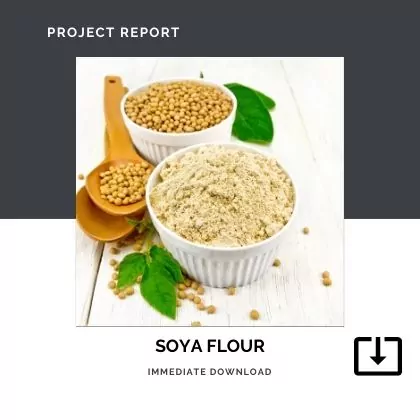
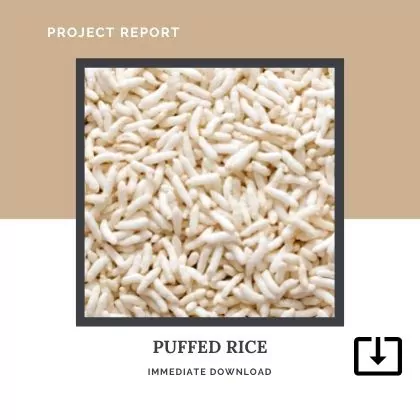
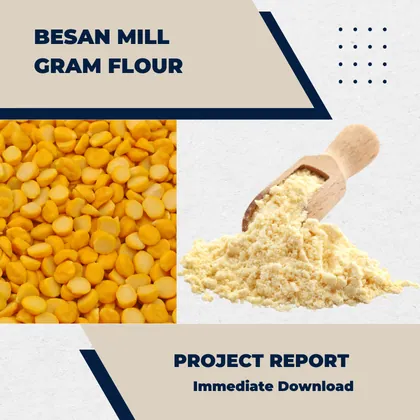

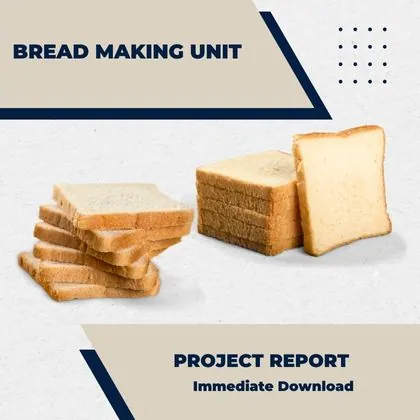
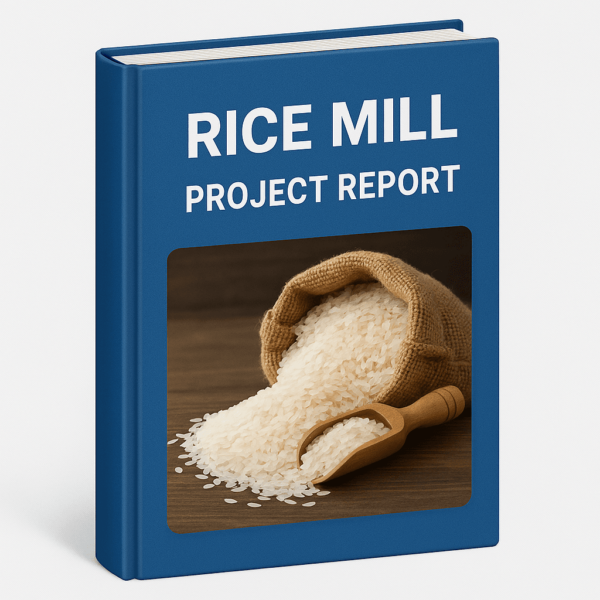
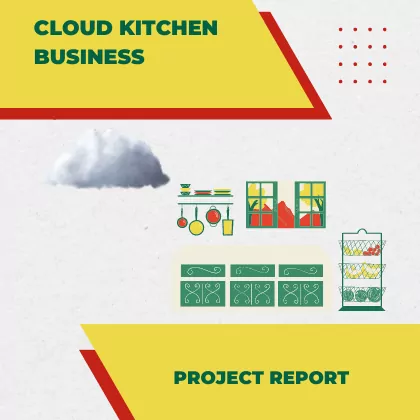




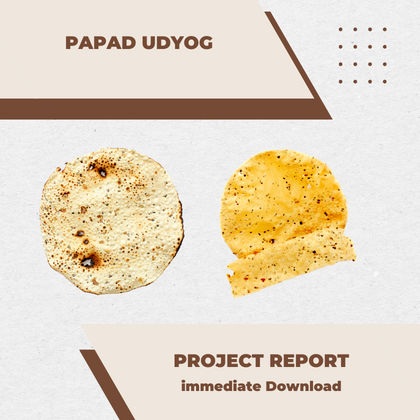
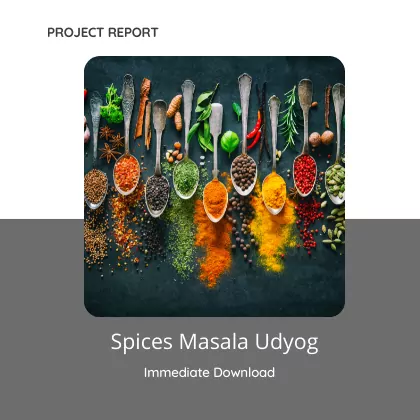

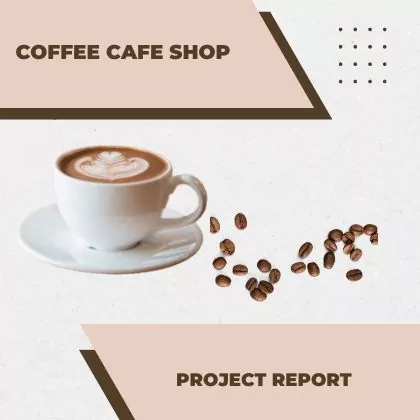

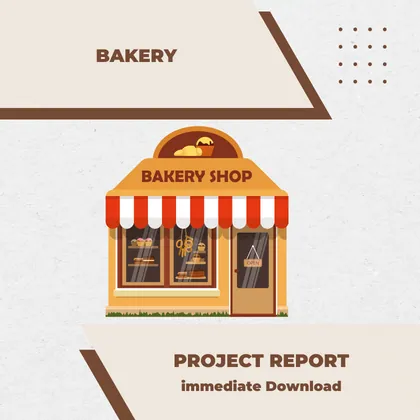
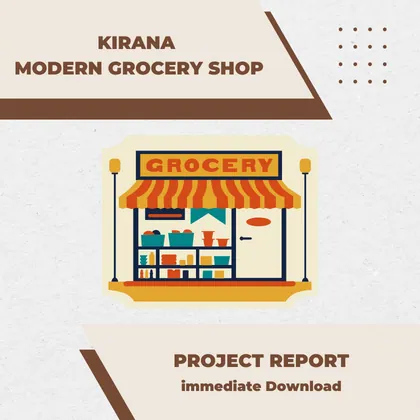
Social Chat is free, download and try it now here!